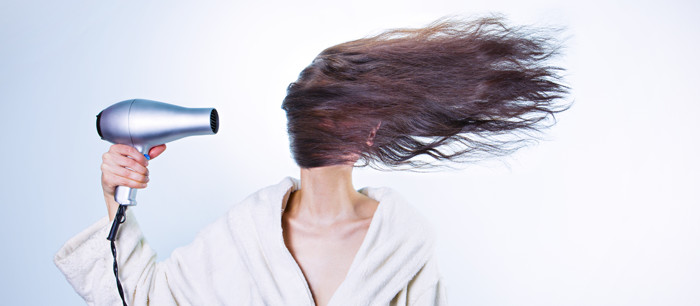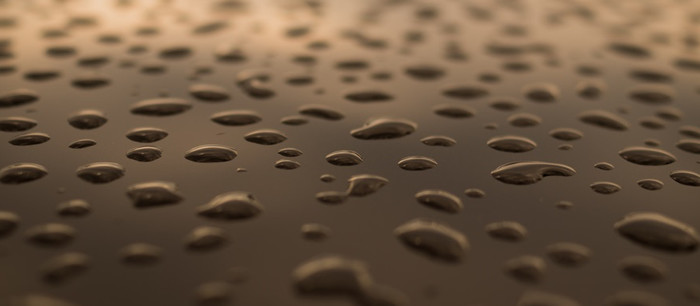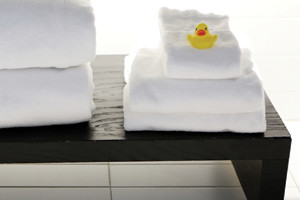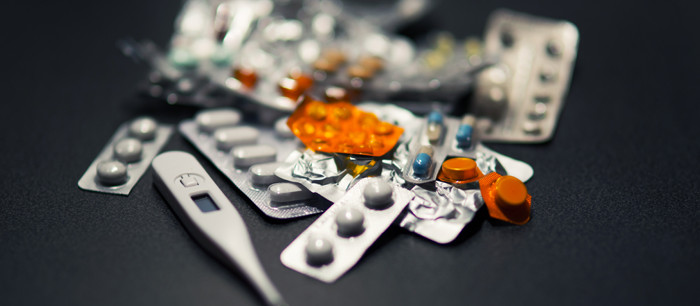If you’re working on childproofing your home to keep your baby or toddler safe, don’t overlook your bathrooms. From the tub and toilet, to your medicine cabinet and wastebasket, there is plenty for your little one to get into. Read on to learn some important ways to secure potential dangers in the bathroom.
If you have a toddler or small child, you’ve probably noticed he or she likes to get into everything. We mean everything. The bathroom is no exception. There are plenty of drawers and cabinets to explore, and potentially dangerous water hazards.
This blog is part of a series on how to childproof each room in your home. Be sure to read Part 1 on childproofing your living room, Part 2 on childproofing your kitchen, and Part 3 on childproofing the bedroom.
Then continue your education on childproofing by reading on for information on childproofing the bathroom.
1. Secure the bathtub
Slips and falls can happen easily during bath time, especially with young walkers or crawlers. Cover the faucet on your bathtub with a rubber spout cover (they make them in cute animal shapes) to help prevent bumps and bruises.
Also use a non-slip tub mat to make the inside of your bathtub less of a slipping hazard. Then, head to the basement and check your water heater. Make sure it’s set to no higher than 120 degrees to prevent your child from getting burned if the hot water is inadvertently turned up.
The most common in-house drowning deaths occur to babies in the bathtub. Don’t leave your baby unattended in the tub—for even a second to grab a towel—even if he or she is in a bath seat or ring.
2. Lock the toilet
You might not think of the toilet as a drowning hazard in your bathroom, but it can be. Your toddler is the right height to stick his head into the toilet bowl, and fall over and not be able to get up because he is top-heavy.
Keep the toilet seat lid down at all times, and install a safety latch that doesn’t let little fingers open the lid. Remind visitors to close the toilet seat lid and engage the latch after they’re done using the bathroom.
Not only does locking your toilet prevent drowning, it also prevents your child from playing in the toilet bowl—an icky reality.
3. Move toiletries, makeup, and cleaning supplies
There are probably lots of little bottles of lotion, makeup, or other toiletries in your bathroom. Now that you’ve got a baby or toddler, it’s time to put these items out of reach. Kids can choke on toothpaste caps, contact lens cases, or other small bathroom items. Place your toiletries in a cabinet with a childproof lock.
The same goes for bathroom cleaning supplies. Don’t store them unsecured under the sink, in the closet, or behind the toilet. Instead, they should be locked up in a cabinet or closet with a childproof lock. If you have room, store bathroom cleaners with your kitchen cleaners (again, in a locked cabinet).
4. Lock up all medications
Whether it’s prescription medications or creams, vitamins, or over-the-counter cough and cold syrups, all medications should be locked away in a high cabinet. Not only that, place medications in a locked or childproof container that a child can’t open. Don’t rely on child-safety lids on medication bottles to keep your kids safe.
Want to know why? Read about the dangers of child poisoning from medications in the home.
5. Unplug hair tools

You may be used to keeping your hair dryer, curling iron, or straightener plugged in and ready for use on your bathroom vanity. But if you’ve got a small child, it’s time for a new storage method.
Put your hair devices away when not in use to prevent your child from turning them on. If your child is able to turn on an iron or other hair tool, he or she could potentially get burned, or electrocuted if the item is dropped in water.
6. Secure your wastebasket
Bathroom wastebaskets are the perfect size for little ones to get into and explore. Get a trashcan with a lid for the bathroom—one that locks, or one you can affix a safety latch to. Not only will you prevent your child from getting any choking hazards out of the trash, you’ll prevent your kid from touching anything unsanitary that might be in the wastebasket.
Another option is to place your wastebasket inside a lower cabinet of your vanity, which you then can lock with a baby latch.
7. Wipe up any water

Water that splashes out of the sink, bathtub, or shower can be potentially dangerous. After each bathroom use, check for any water on the floor and wipe up immediately to prevent any slips or falls—for adults and kids alike.




